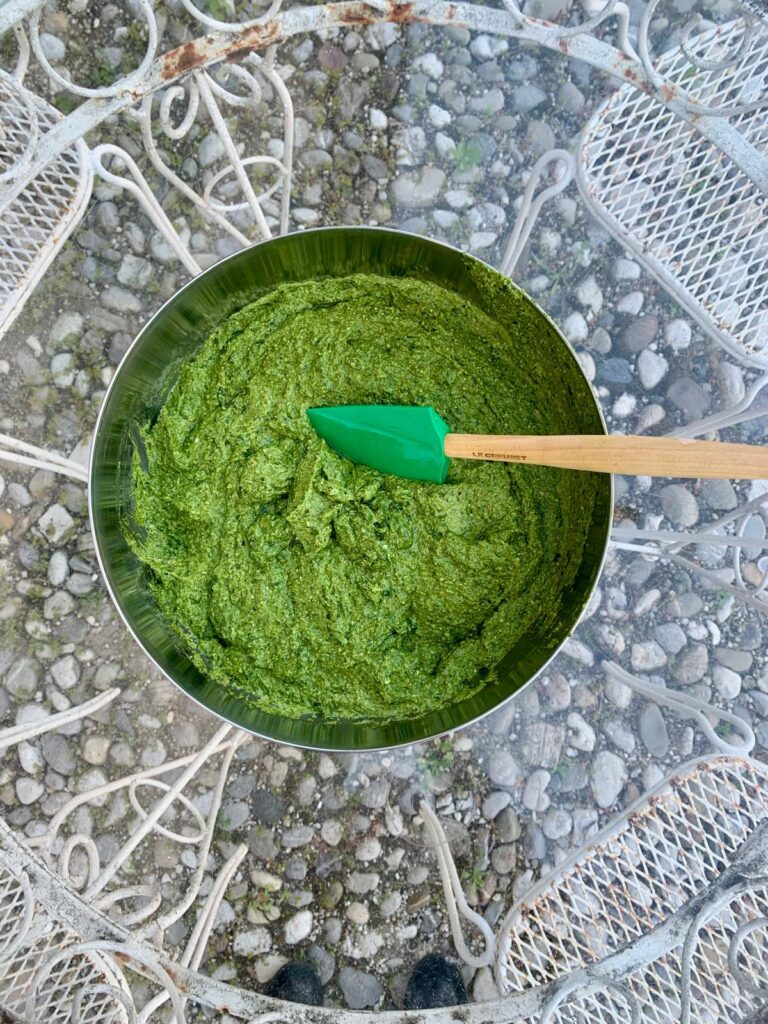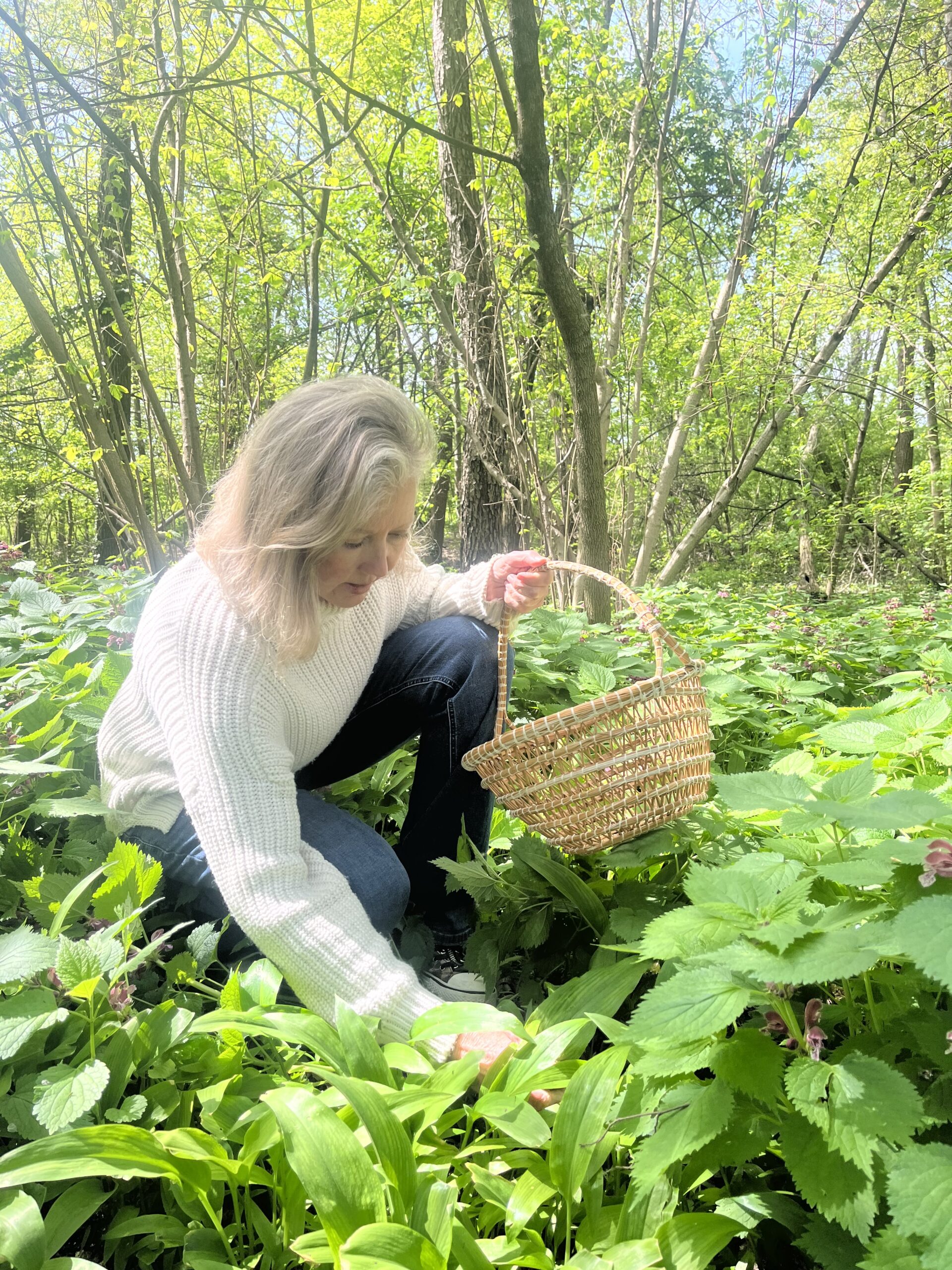Where I live in Italy, there’s wild garlic in the fields right now—earthy, pungent, alive. I’m kneeling in the damp grass, fingers brushing green blades, and for these moments, I’m not a brain on a screen. I’m in a body in the world.
This is the basis of embodiment. Neuroscientifically, it’s called sensory grounding (touch, smell, movement). This shifts us out of hypercognitive mode—that frazzled state where we mistake ourselves for thinking machines. Studies show even brief nature exposure lowers cortisol, while tactile engagement (like foraging) reactivates the vagus nerve, dialing down stress.
My new book, Embody: The Power of Presence in an Age of Distraction, digs into why wellbeing in the digital age isn’t about “unplugging”—it’s about re-rooting through embodiment. The body isn’t a tool for the mind; it’s part of the Earth’s cyclical movements. The more we sync with those rhythms (seasonal food, daylight, physical labor), the sharper and more resilient we become.
The next frontier of productivity isn’t hustle culture—it’s embodied awareness. You don’t escape distraction by thinking harder. You do it by feeling more.
So forage! Serve a wild dandelion leaf salad with a honey lemon dressing and steamed potatoes and a sprinkle of roasted pine nuts. Nettle tops (remember to wear thick gloves when picking them) can turn into a deliciously earthy nettle soup, or replace spinach with nettle and make a spanakopita. Blanch wild asparagus, so thin it looks like spaghetti, and serve it with a squeeze of lemon. My favorite is rosale, the leaves of wild poppies before they bloom, which is sweeter than spinach without the tannin taste. What do you have growing near you?
Foraging is a perfect antidote to digital overload—and it has obvious benefits. Mine became jars of wild garlic pesto (see below). I can’t wait to dive in and have some as soon as I finish my detox on Sunday.
Enjoy the spring!
Andrena

